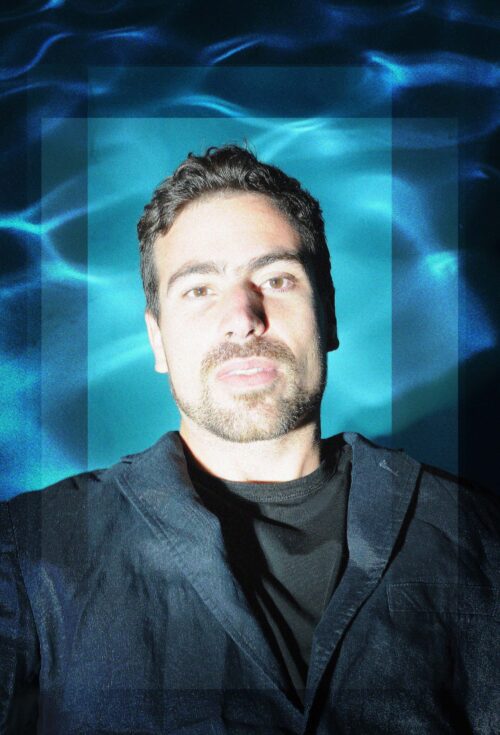
Eduardo Noya, also known as NOIA, draws and blurs sound from an early age. Noya specializes in unconventional approaches to composition, through textured and evocative synthesizers.
As a film composer, Noya has collaborated twice with award-winning Quebec filmmaker Xavier Dolan, on the films “Laurence Anyways” and “Mommy”. taking viewers deep into the characters’ subconscious,
He also participated in Netflix’s period drama “Versailles,” bringing the perfect complement to the intrigue, tension and glory of the plot.
My connection with nature is essential in my life. I grew up in front of the ocean and close to the mountains. I have been surfing and mountain biking since I was young. Both of those activities served as a gate to find inspiration to create music and to reflect on life and escape the urban realm in my life. The only way I can be sane in the city is to have from time to time a vital dose of nature.
A final sentence about the project, inspirational words or something that you want to share?
In the summer of 2020 right in the middle of the pandemic a 2 year old humpback whale swam upstream the St Lawrence river and stayed around the Montreal old port river area. You could see it regularly for a while from the place where I river surf. This was an anomaly and for the brief time she was there she became a joyful omen for locals in the middle of the pandemic. It chimed with the dolphins reappearing in the Venice canals around the same time, and to me it felt like a beacon of hope and a reminder that nature always goes on. The whale attempted to swim back to the ocean but unfortunately didn’t make it as it collided with a boat in the night. This project appeared a few months later and I thought a lot about her while making the track.
What has been your approach when preparing the theme?
My approach was to first find certain patterns from any sounds in the library. The ones that served more as melody were inevitably the Humpbacks, which I tweaked in variations to make a longer melody. That one clearly became the main Motif of the song. The dolphins served as textures and high frequency percussion (like hi hats) and the Ice breaking as downbeats and kick drums. The melodies from the Humpback whales revealed all the chords and melodies that needed to be there without me even having to compose the musical context by myself.
Necessary cookies are absolutely essential for the website to function properly. These cookies ensure basic functionalities and security features of the website, anonymously.
| Cookie | Duration | Description |
|---|---|---|
| cookielawinfo-checbox-analytics | 11 months | This cookie is set by GDPR Cookie Consent plugin. The cookie is used to store the user consent for the cookies in the category "Analytics". |
| cookielawinfo-checbox-functional | 11 months | The cookie is set by GDPR cookie consent to record the user consent for the cookies in the category "Functional". |
| cookielawinfo-checbox-others | 11 months | This cookie is set by GDPR Cookie Consent plugin. The cookie is used to store the user consent for the cookies in the category "Other. |
| cookielawinfo-checkbox-necessary | 11 months | This cookie is set by GDPR Cookie Consent plugin. The cookies is used to store the user consent for the cookies in the category "Necessary". |
| cookielawinfo-checkbox-performance | 11 months | This cookie is set by GDPR Cookie Consent plugin. The cookie is used to store the user consent for the cookies in the category "Performance". |
| viewed_cookie_policy | 11 months | The cookie is set by the GDPR Cookie Consent plugin and is used to store whether or not user has consented to the use of cookies. It does not store any personal data. |
Functional cookies help to perform certain functionalities like sharing the content of the website on social media platforms, collect feedbacks, and other third-party features.
Performance cookies are used to understand and analyze the key performance indexes of the website which helps in delivering a better user experience for the visitors.
Analytical cookies are used to understand how visitors interact with the website. These cookies help provide information on metrics the number of visitors, bounce rate, traffic source, etc.
Advertisement cookies are used to provide visitors with relevant ads and marketing campaigns. These cookies track visitors across websites and collect information to provide customized ads.
Other uncategorized cookies are those that are being analyzed and have not been classified into a category as yet.